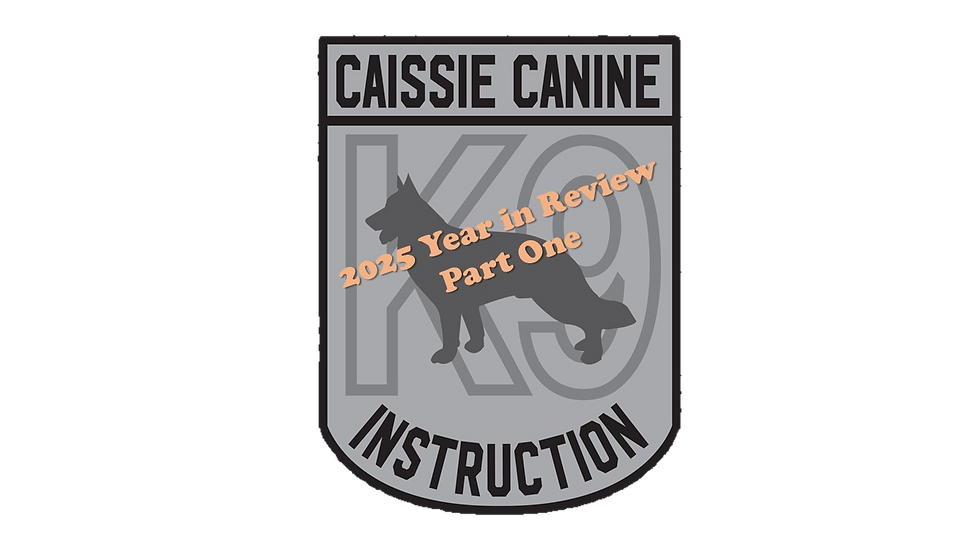Caissie Canine Instruction: Emergency Plan for your Pets
- caissiecanineinstr

- Sep 12, 2022
- 2 min read

We begin the week’s “RUFF TAILS” featuring a beautiful “almost” 2-year-old Husky/Shepherd mix named Ozzy.
I am rescue from Attawapiskat in Northern Ontario. I was adopted from “Paws of the North”.
My mom says I am a good boy, and I have been through a few K9 trainers, but my mom selected Paul to help with recall using a balanced training approach and the e-collar.

Mom says over three sessions I have become much better with recall, and we will keep practicing until I am perfect. Mom says she feels more confident in using the e-collar for training now that Paul has shown mom how to use it for the best off-leash behaviour.
I love spending time at our cottage, so my mom lets me go off-leash now. I love hanging with my family, or down by the lake, and I look out for both my human sisters. I LOVE my family.

Welcome to Doggie Dialogue
With global warming increasing, and more natural disasters occurring, even with increased house fires and/or lightning strikes happening more often in Ontario, the SPCA and Humane Society has recommended an emergency preparedness guideline to assist us with our family pets.

SPCA recommends creating a survival kit for your pets and placing it in a waterproof container. It is recommended that you should have enough supplies for a minimum of 72 hours.

The survival kit should include pet food, bowl, can opener, and water. We recommend adding to your survival container, your pet first aid kit, k9 medications (if needed), a leash, collar, and/or harness. The Humane Society recommends a flashlight, blankets/towels, veterinarian information, and current photos of all pets, with your contact information.
When a natural disaster occurs, house fire, or lightning strike and YOU must evacuate, please take your pets. If it is too dangerous for you, it is also too dangerous for your pets.

Here are a few tips to help you to prepare in advance:
1. Find out which hotels/shelters in your area, have the capacity to take in pets.

2. Create a “buddy” system with friends, family, or neighbours, to look out for each other’s pets, by offering temporary shelter.
3. Ask your “buddy” to help with evacuation, if necessary, as they will be familiar with your pets.

4. Put a decal on your front door to let first responders know that you have pets inside.

Remember your pets may get separated during the “real” evacuation, therefore we recommend having your dog/cat microchipped.
After the evacuation is over, and you can return home, you may find your pet/pets might experience a change in behaviour.

Pets can become disoriented especially if their usual “scent” markings are no longer available for them, to navigate or to find their way home. Keep an eye out for any behavioural changes. If the behavioural change is persistent, please consult your vet.




Comments